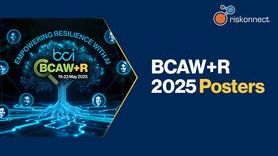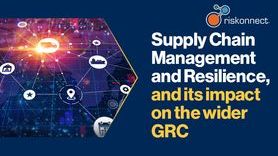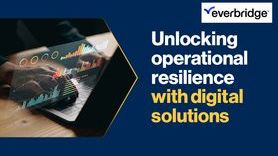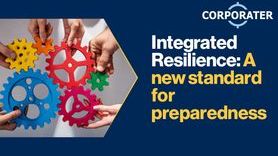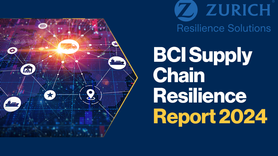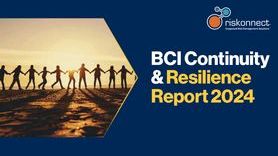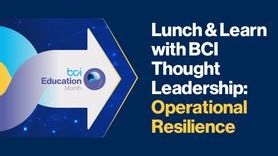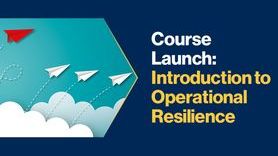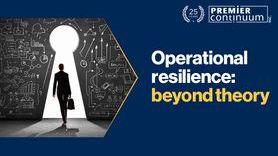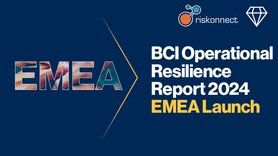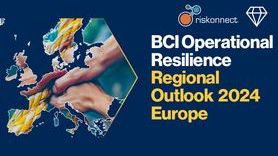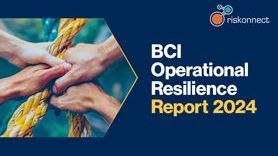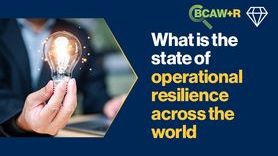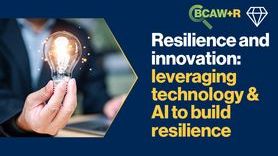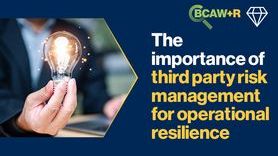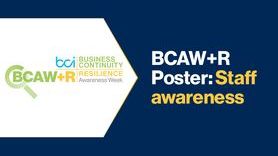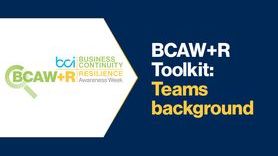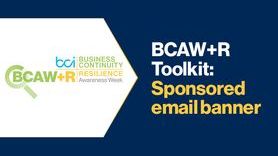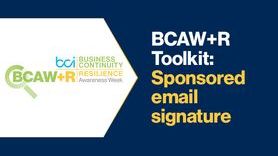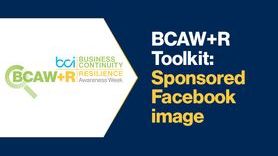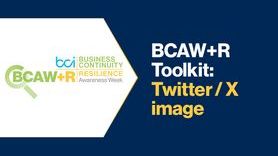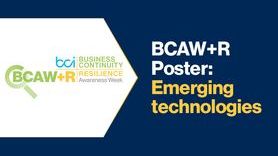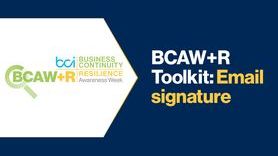Getting ahead of a crisis – how to improve organizational continuity, resiliency, and well-being
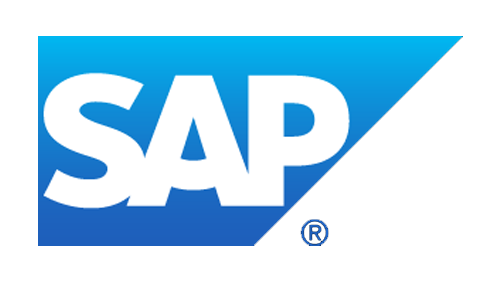
No matter how well prepared your business is, the truth is that life is unpredictable – and every now and then, things will inevitably go wrong. It could be something as commonplace as a power outage, or as major as a fire. Whatever the case, the important thing is being able to respond quickly, in the right way, in order to safeguard both your business, employees, and in some cases, your customers.
Unplanned disruptions can impact productivity and workflow. A power outage in a warehouse can cause problems all along the supply chain, while employees reaching the office to find there’s no Internet access, for example, is going to waste valuable time. 34% of organizations report costs of at least €1 million each year due to supply chain disruptions.
In more serious cases, these incidents can also threaten the morale and even personal safety of your staff and others. This might be harder to quantify, but it’s nonetheless the single most important aspect of protecting your organisation – safeguarding the people within it.
Communicating clearly
So how do you prepare for the unpredictable? The most important thing is ensuring you have a clear line of communication.
Word can travel fast in the connected world, but it doesn’t necessarily spread evenly, and what gets out isn’t always accurate. 55% of organisations use three or more means to communicate during a crisis, typically including legacy methods such call trees, which are manual, uncoordinated and put the burden on employees.
A single centralised system allows you to sidestep these issues and communicate the right message to all individuals or groups at once. This means, instead of having to rely on hearsay, they’ve got accurate information coming directly from their employer – a situation that’s better for both sides.
A digital solution for a digital world
There are two parts to a good crisis management tool. The first is a reliable source of information on potential risks affecting any location relevant to your business. This can mean a planned protest or rally that blocks the route to your office, or it can be an incoming weather event that might put employees at risk.
These locations aren’t necessarily limited to your own real estate. You should also be taking into account the home addresses of employees and their current location especially when traveling. These can all be mapped out to show what risks will affect who – and this is whether the second half comes in: communication.
You need a single platform that can communicate with any affected employees. If there’s an outage, you could send out a message to everyone based in the relevant office, letting them know to work from home today. If it’s an emergency, you can check who’s in the area, and then contact to make sure they're okay or if they need any assistance.
When things go wrong, people need real-time, two-way channels. The same expectations, ultimately, that they’d have in any other aspect of modern life. The only difference is that the stakes are higher, both for them getting help and for your business minimising the losses – financial, reputational and personal.
To ensure you’re doing the right thing when disaster strikes, read “Resilience is Your Competitive Advantage,” and “Advanced Features of SAP People Connect 365.” Join the SAP Digital Interconnect Community and learn how to better control, measure, and manage your response to disruptions.




